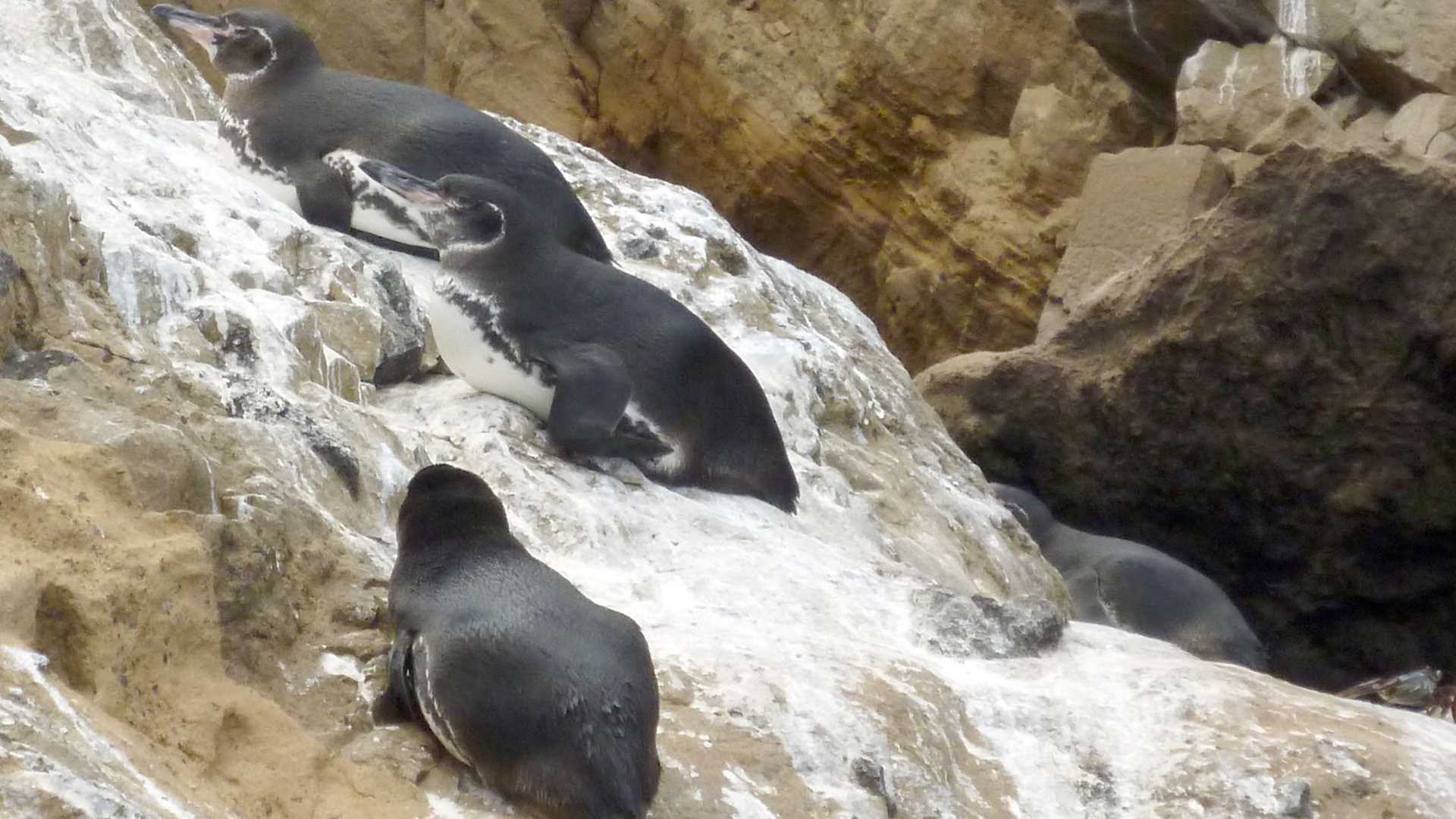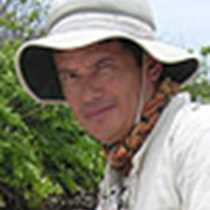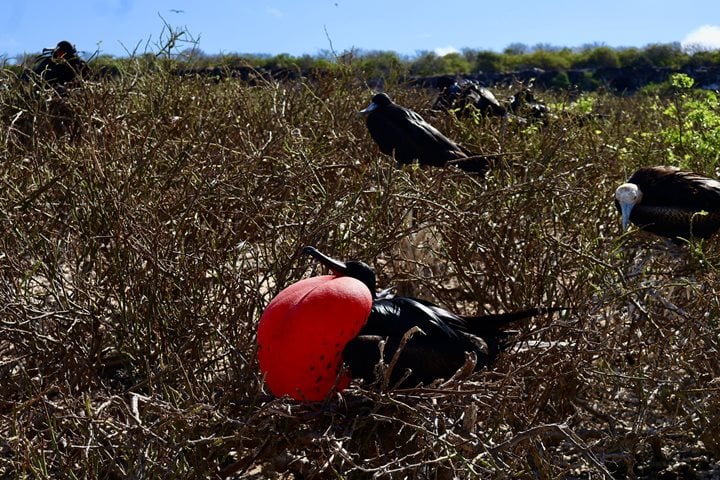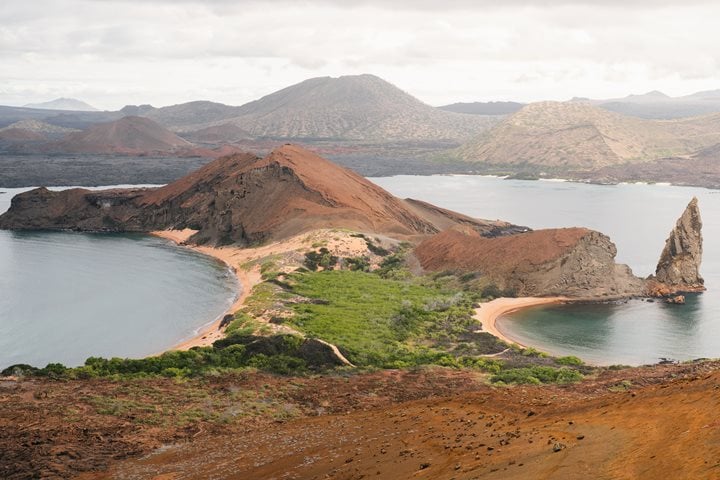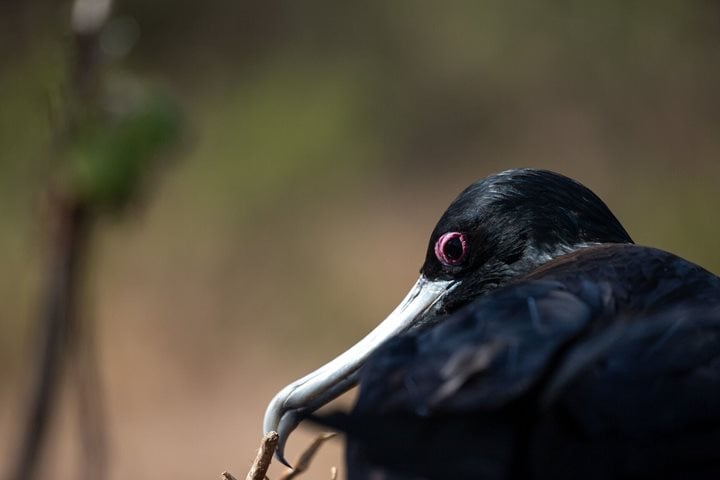Considered to be the second youngest island, Isabela is by far the largest in the Galápagos, with an area of 4000 square kilometers. It has five active volcanoes, and the last eruption was one year ago, at Wolf Volcano. Today was our second day in the western realm of the archipelago, and we visited two of the most historical places on Isabela Island: Tagus Cove, an anchorage long used by pirates, whalers and other early visitors and Urbina Bay, a place that was uplifted in 1954 by up to 12 meters.
After breakfast we landed on Urbina Bay, which is located at the foot of Alcedo Volcano. Big waves crashed on the shores of the landing beach, as if trying to recover that part of sea floor that was uplifted years ago. The top of the black beach was dry and full of sea turtles nests, as evidenced by the visible turtle tracks in the area. Walking inland, we observed the remnants of the geological event: white coral heads, petrified sea worms, barnacles and rests of shells are mute witnesses of that incredible uplifting that took place 62 years ago. Our walk led us to a sandy area, where we were able to spot many of the large land iguanas warming up their bodies with the first beams of sun; vegetation was still green, and we observed some of them feeding on fresh plants, completely relaxed despite our presence.
While the National Geographic Endeavour took us back north, our guests had time to enjoy our traditional Ecuadorian food; many dishes from the highlands and coast were served, and we savored the best of Ecuadorian cuisine. After we finished our delicious lunch, we finally arrived to Tagus Cove, a flooded valley between two large tuff cones, with the flooded crater at the head of the anchorage. Historic graffiti can be found near the landing, as whalers and wayfarers over the centuries used this cove as a sheltered harbor, allowing them easy access to the island. We explored this site by either by kayaking or snorkeling along the shore of the cove, where many turtles and curious flightless cormorants followed the groups. Later on, many of us had the chance to take an invigorating hike up to the rim of a tuff cone overlooking Darwin Lake and beyond, while others took long Zodiac rides to admire the coastline of Isabela and Fernandina. The sunset and the calm waters were spectacular, probably the last gift from nature during this magical day in the Galapagos.

